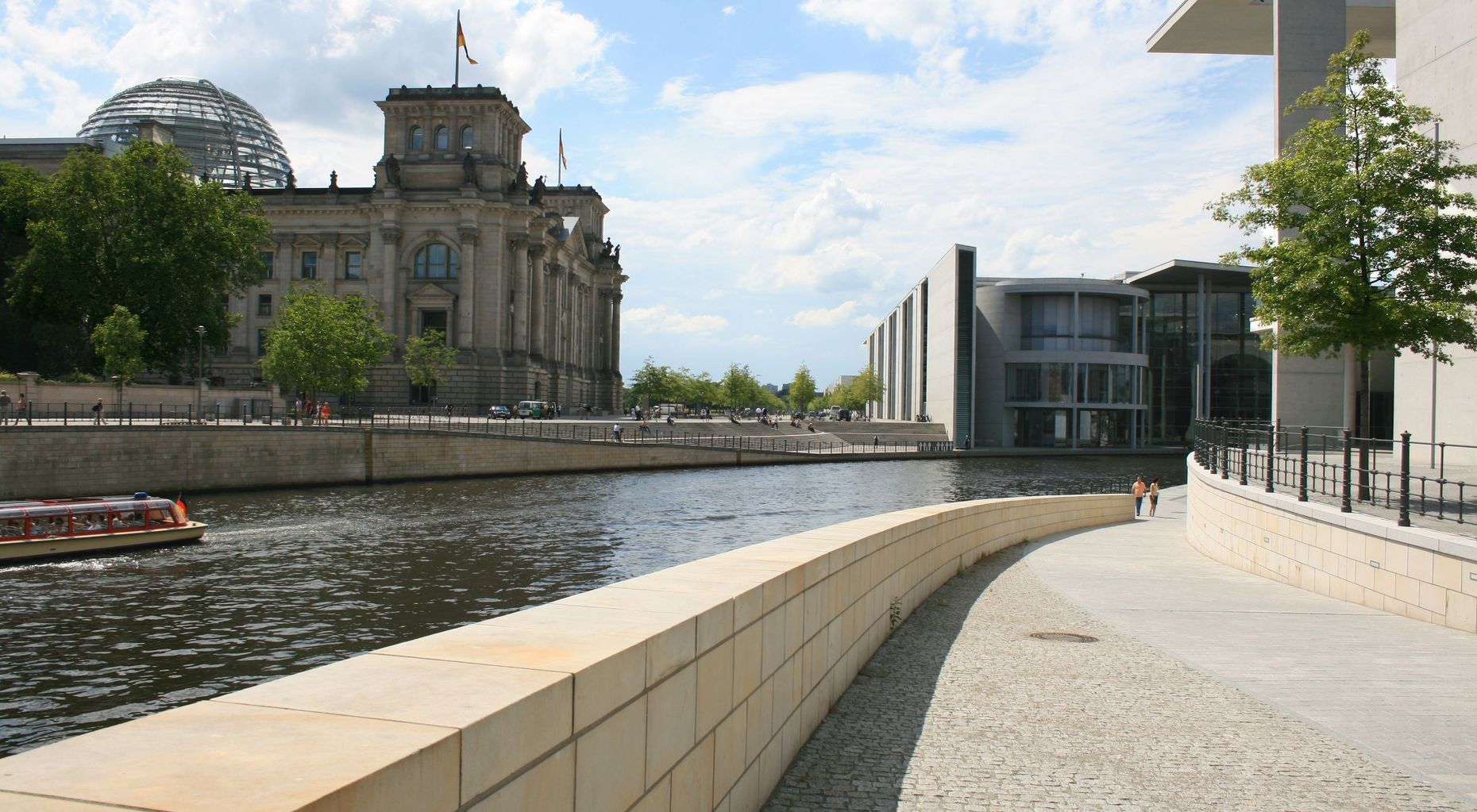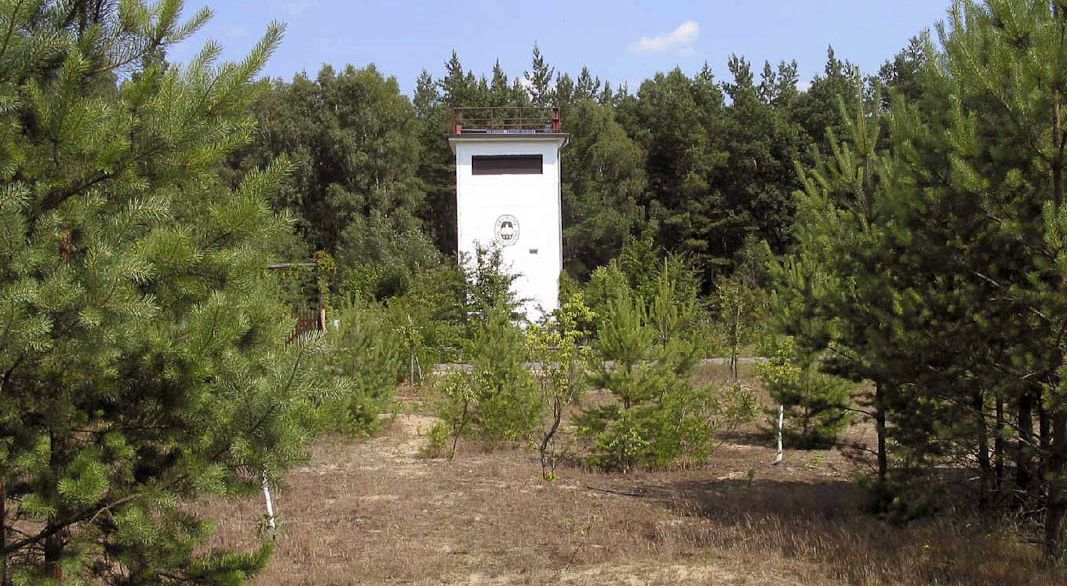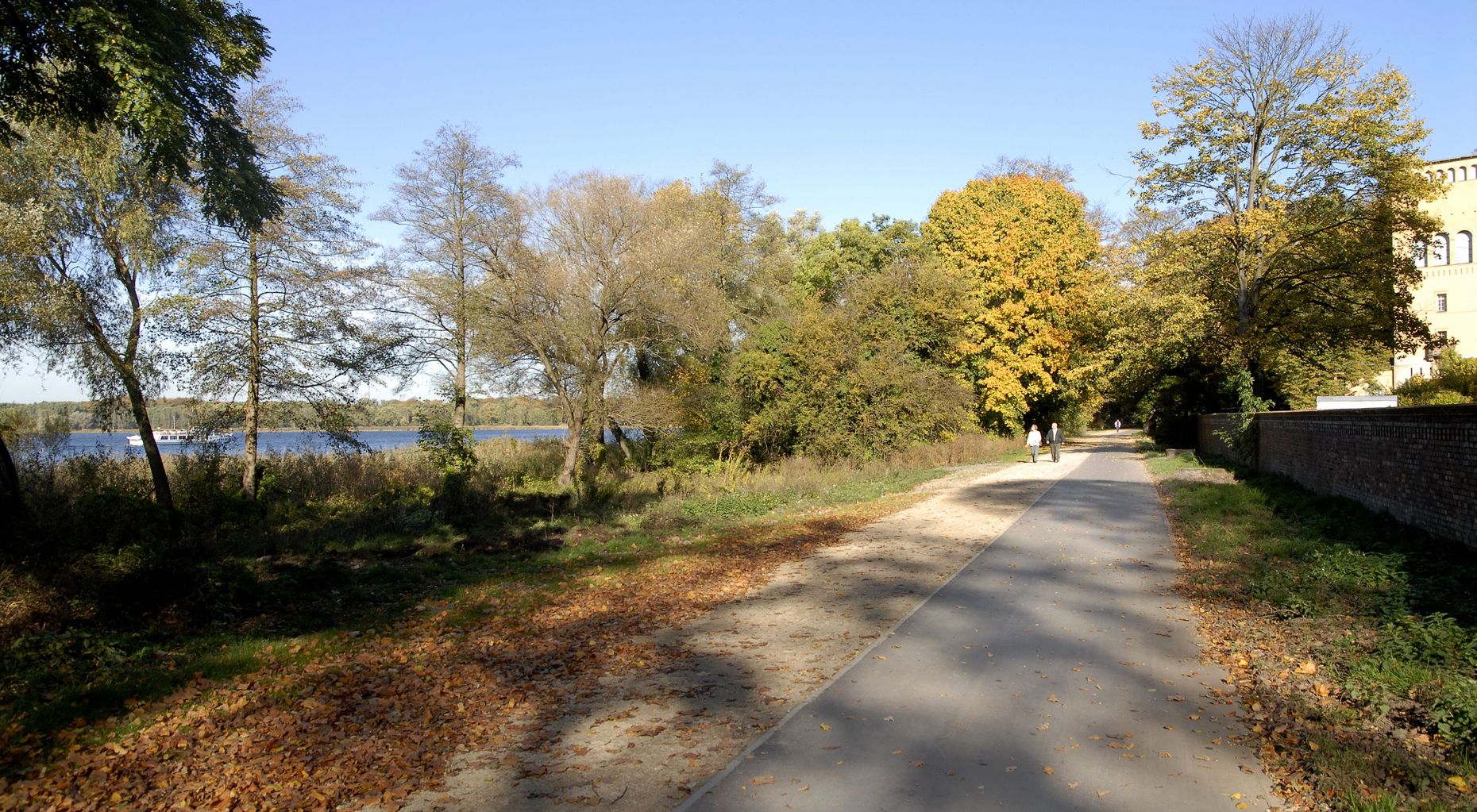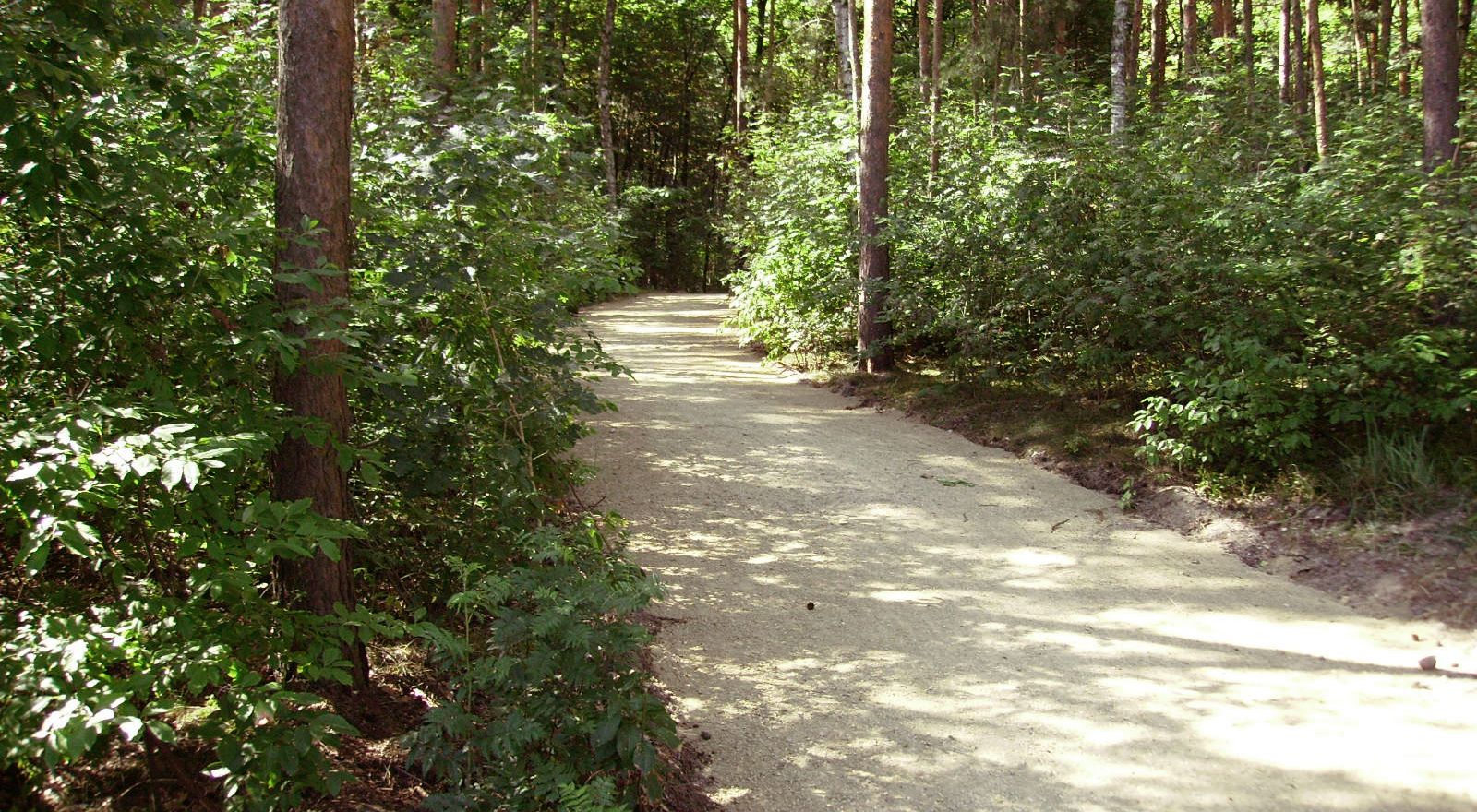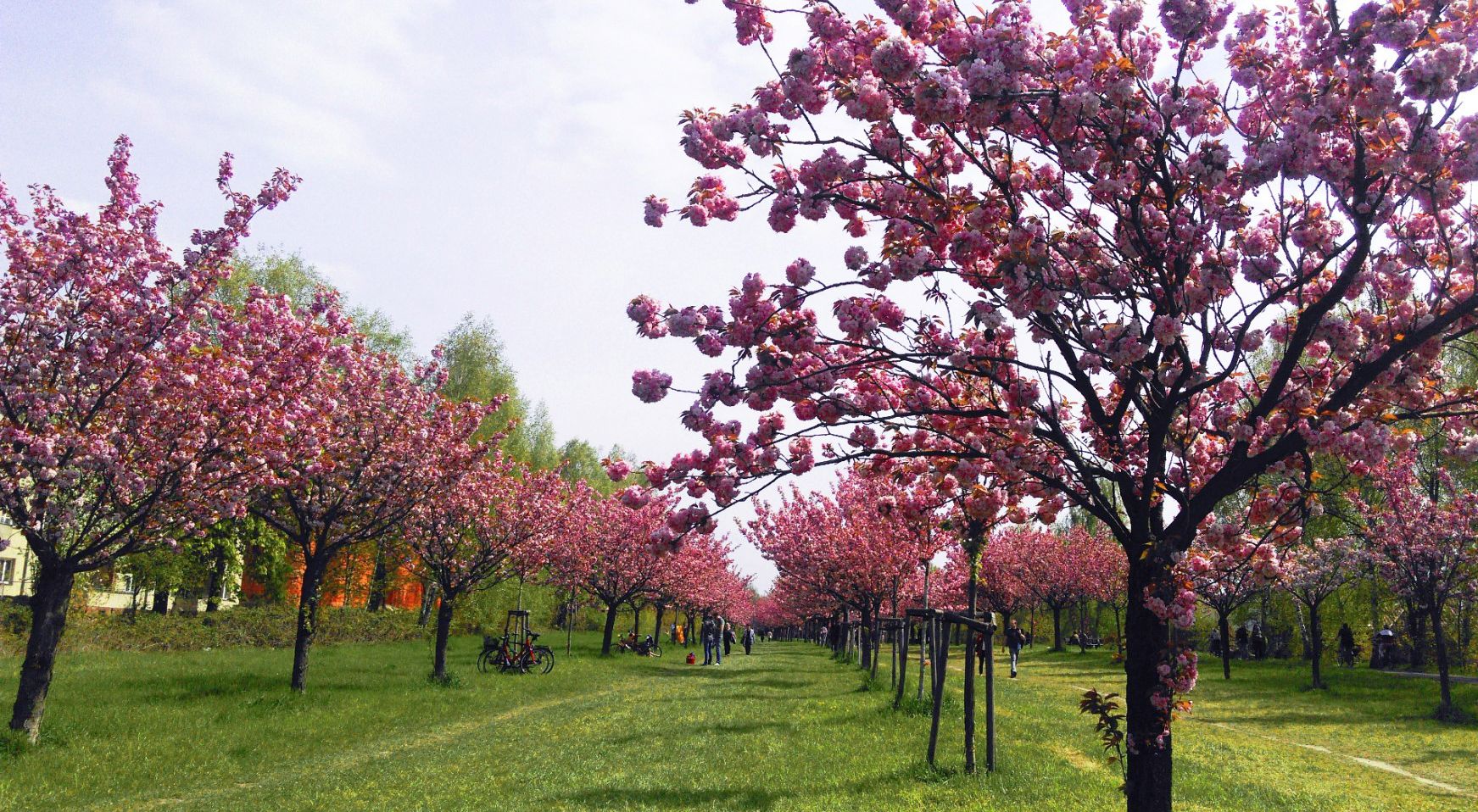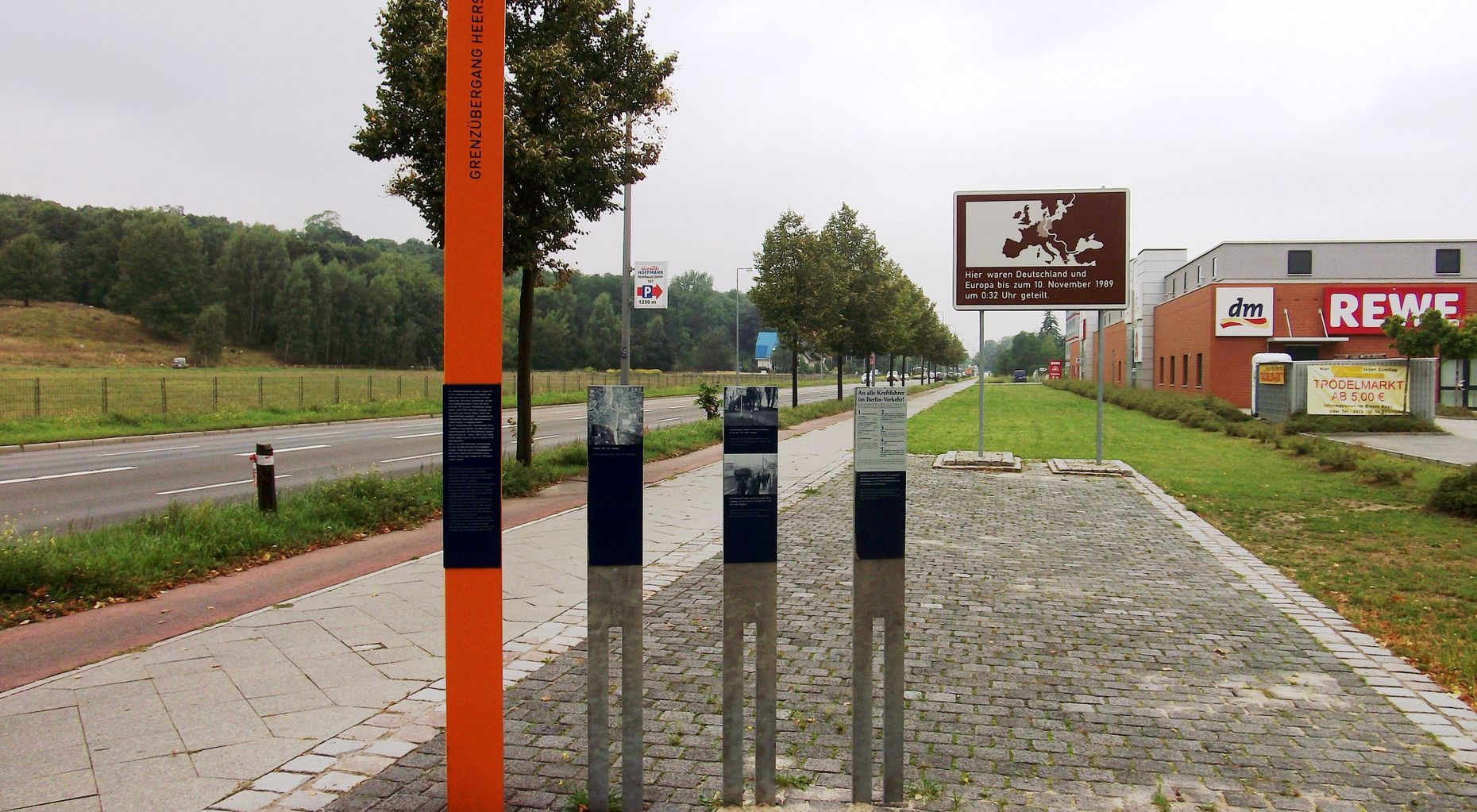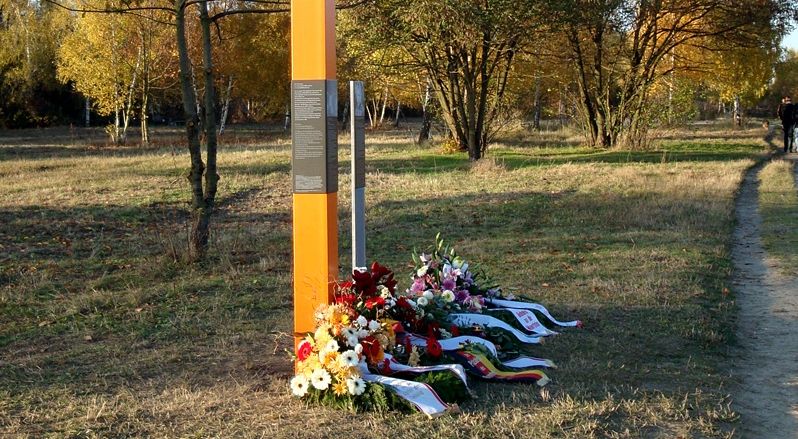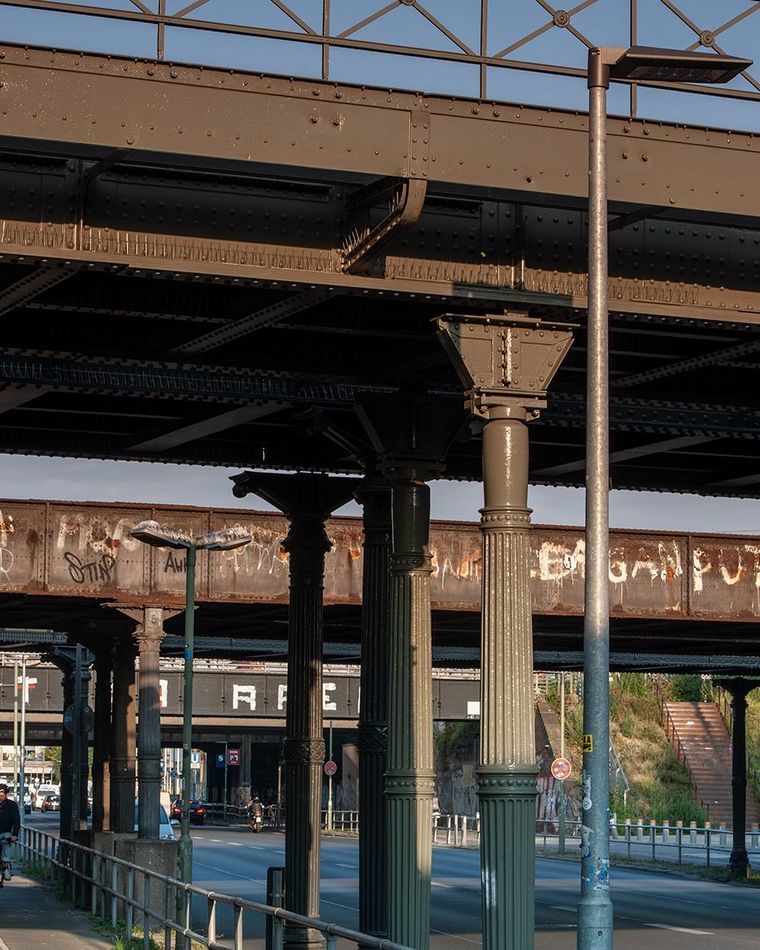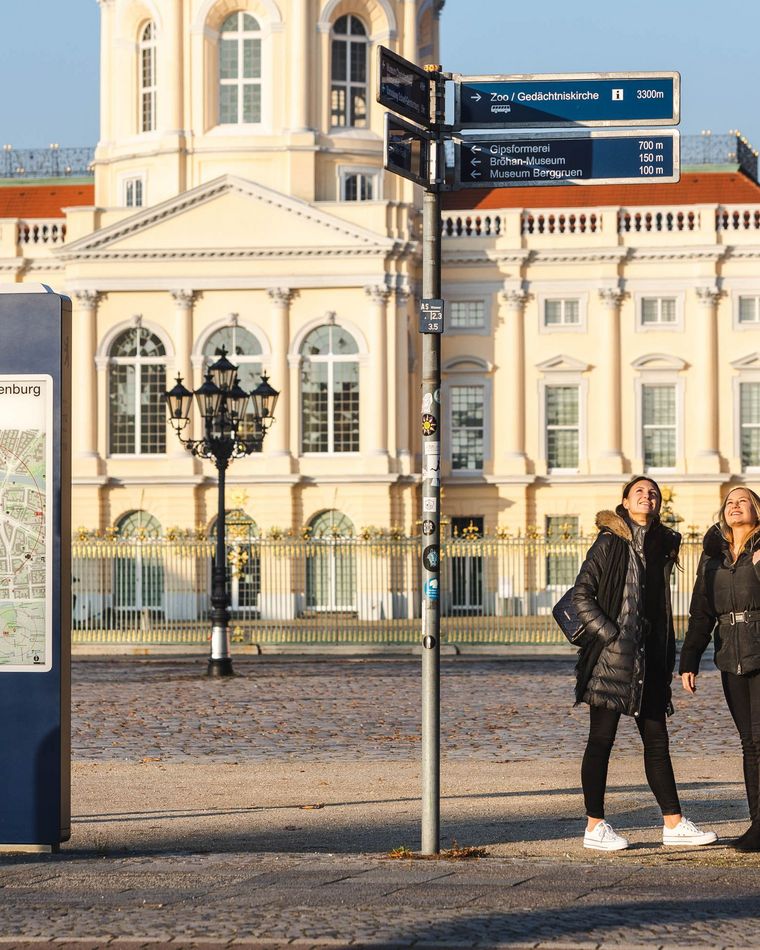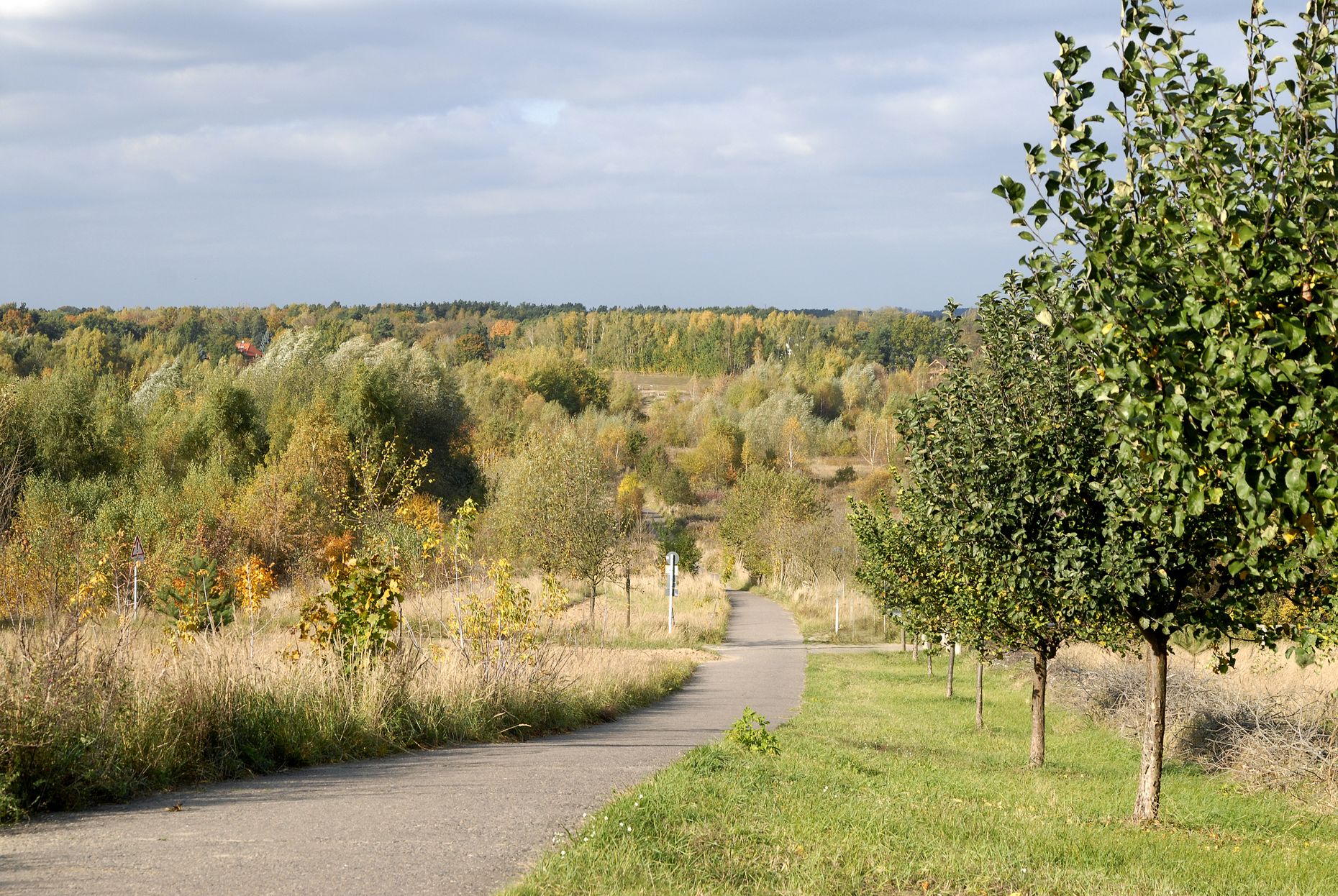
Infrastructure
Berlin Wall Trail
By upgrading the Berlin Wall Trail, Berliners and visitors to the city will be able to explore the history of the Berlin Wall even better on foot or by bike. The project serves the long-term preservation of the historic path as a memorial trail. Along the former border fortifications around West Berlin, there will be rest areas with seating and information about German-German history on the renovated sections of the path.
The Berlin Wall Trail follows the historical course of the Berlin Wall on the so-called Kolonnenwege (column routes) laid out by the GDR border troops for their patrols and, where not possible, on the former customs routes in West Berlin or other alternative routes near the former course of the border over a distance of approximately 180 kilometres, 45 kilometres of which are on the outskirts of Berlin or across the city and 135 kilometres on adjacent Brandenburg territory. The Berlin Wall Trail also incorporates the Mauerpark and the Berlin Wall Memorial into its route and connects a variety of sights in Berlin and Brandenburg's urban and surrounding landscape.
In addition to outstanding sections in Berlin's city centre - such as the Brandenburg Gate or Checkpoint Charlie - the route also includes scenic sections along the border to Potsdam's cultural landscape, along the Havel River or the Brandenburg fields.
As a so-called memorial trail, the Wall Trail is both a unique testimony to history and an offer for active leisure activities. It is popular with locals and tourists alike and is therefore considered a beacon project for tourism. The Berlin Wall Trail is signposted along its entire length. Over 100 overview maps with aerial photos make it easy to find your way around, 40 information stations of the "Berlin Wall History Mile" provide information in several languages and show photographic material about the division of Germany, the Berlin Wall and the events that took place at the respective locations.
